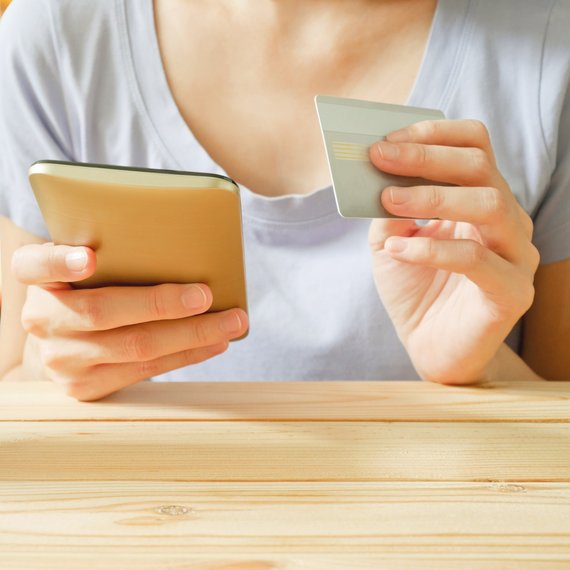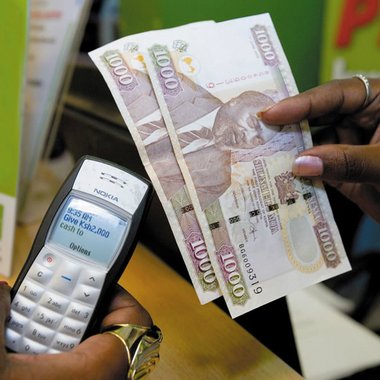
- Four minutes read
LiT: Is the future of P2P payments digital?
Giving money to friends and family remains critical for many people during COVID-19, but will digital methods replacing cash for these payments become a long-term trend?
As we have discussed in previous articles, COVID-19 is set to have a significant impact on the long-term future of the payments industry. But that isn’t only limited to commerce; the way that people complete transactions from person-to-person (P2P) has also been heavily affected by the pandemic and social distancing. This short-term change in consumer behaviour might translate into a permanent shift in the P2P payments landscape, most notably from physical transactions (most commonly cash) to digital.
To better assess the impact of COVID-19 on P2P payments, including international remittances, we asked 8,000 consumers from the US, UK, Canada, Germany, Austria, Italy, and Bulgaria how they were giving money to friends and family during the pandemic both locally and abroad.
The growth of digital P2P payments
One social impact of COVID-19 is that people are increasingly inter-dependent. For example, through isolation advice or health concerns, those that are unable or unwilling to leave their house must rely on loved ones to visit stores on their behalf. The current financial climate may also mean that those who are working feel the need to take on more financial responsibility for their loved ones. Both of these factors could potentially increase the volume of P2P payments consumers might want to make.
Overall, people are continuing to send money to friends and family, despite not being able to travel or interact with them directly. Despite social distancing measures half of consumers say that they are continuing to send money to their loved ones, either as gifts or to repay them for making purchases on their behalf. 20% of consumers had given money to friends or family more than three times during the first month of the lockdown.
Since the COVID-19 outbreak, how often have you given money to friends or family, either as a gift or to repay them for making purchases on your behalf?
A shift from cash to digital
Before the COVID-19 pandemic, the majority of P2P transactions were made with cash. When we asked consumers last year about how they would give money to a friend, 78% said that they would repay a £10 debt with cash and 66% said that they would repay a £25 debt with cash.
But the pandemic has changed consumers behaviour with regards to these types of transactions. Cash is still playing an important role in the P2P payments industry, with nearly half of all consumers (47%) saying that they have given money to someone in cash since the beginning of lockdown, but this is a dramatic reduction on previous surveys. And in countries such as the UK (33%) this percentage is significantly lower. 9% of consumers have also used cheque (another physical money transfer), with this being most common in the US (15%).
In place of these traditional cash payments, digital methods are also very popular. 38% of people have given money to friends of family via a bank transfer and 27% have given money via a digital wallet or P2P app since the start of the pandemic. In the UK (50%) and Canada (54%) a greater percentage of people have made a payment via bank transfer than given money in cash cash, and in the US a greater percentage of people have made a bank transfer (43%) and a greater percentage have used a P2P payments app (42%) than given money in cash. Digital wallets are also very popular in Italy (31%), and overall more than a quarter of consumers (27%) have used a digital wallet to make a payment since to another person since the pandemic outbreak.
Since the COVID-19 outbreak, how have you given money to friends or family, either as a gift of or to repay them for making purchases on your behalf?
Will there be a long-term shift from cash to digital P2P?
When we asked consumers about why they aren’t using cash at the moment, only a quarter said they don’t usually use cash normally, meaning that there is a significant volume of consumers that are either making P2P payments digitally for the first time or have changed their behaviour significantly to make more payments using digital methods since the start of the lockdown. The two principle reasons behaviour is changing are health and safety concerns and lack of access to cash.
Which of the following best describes why you have not used cash?
Although these two reasons for changing habits are very much COVID-19 related, the data also points to a shift to digital P2P being permanent. Although cash does still seem to be important to consumers, 48% of consumers also that they will be reducing their usage of cash in the future regardless of the end of the pandemic. 42% of consumers say they will be shopping online more following the end of COVID-19 regardless of health concerns also, another indication that payments look set to become more digital.
But what form might these digital P2P payments take? One further interesting data point reveals that people seem reluctant to share their financial details with anyone other than their closest relations. Although 38% of consumers have made a bank transfer during the pandemic, 71% also said that they would be uncomfortable sharing their financial details with a neighbour if that neighbour wanted to repay them for buying groceries on their behalf, This may indicate that if cash becomes no longer the main payment method for P2P payments, digital wallets will take its place rather than direct bank transfer.
What about the future of remittances?
We have already spoken about the importance of remittances during a global crisis. The global economic downturn, coupled with heavy restrictions on travel, is putting enormous pressure on sections of the global economic migrant community to support loved ones in need overseas; for many remittances is the only way they can support their families and dependents for the foreseeable future.
Although only 24% of consumers told us last year that they would make a payment in cash if they wanted to give a relative living overseas £100, in total the vast majority international money transfers are made via depositing cash at physical stores.
But the future of remittances looks increasingly digital as well. When we asked consumers how they would send money overseas during the pandemic, only 15% of consumers said they would use some form of physical payment method. It is digital wallets such as Skrill that are currently the most popular with people who are looking for the fastest, cheapest and most convenient digital payment method in the market. Overall almost a third (32%) of consumers said they would use a digital wallet to transfer money overseas, with even more consumers in Italy (43%), the US (38%), Germany (37%) and Bulgaria (35%) preferring this method.
Today, how would you send money to friends or family living abroad?
Eventually cash-based money transfer operations will re-open as the pandemic subsides, but much like eCommerce and local P2P payments, there is reason to believe the temporary shift in consumer preferences for digital remittances caused by COVID-19 will remain permanent. With both cost and convenience benefits over traditional in-store remittances methods, once consumers’ are made aware of these advantages it seems highly likely that the percentage of the global remittances market made via cash deposits will fall for good.
All data referenced is taken from our latest consumer research Lost in Transaction: The impact of COVID-19 on consumer payment trends. To compile this data Paysafe and Sapio Research surveyed 8,000 consumers across the US, UK, Canada, Bulgaria, Italy, Austria, and Germany between 8-15 April 2020.
The key takeaways from the research are available here.




